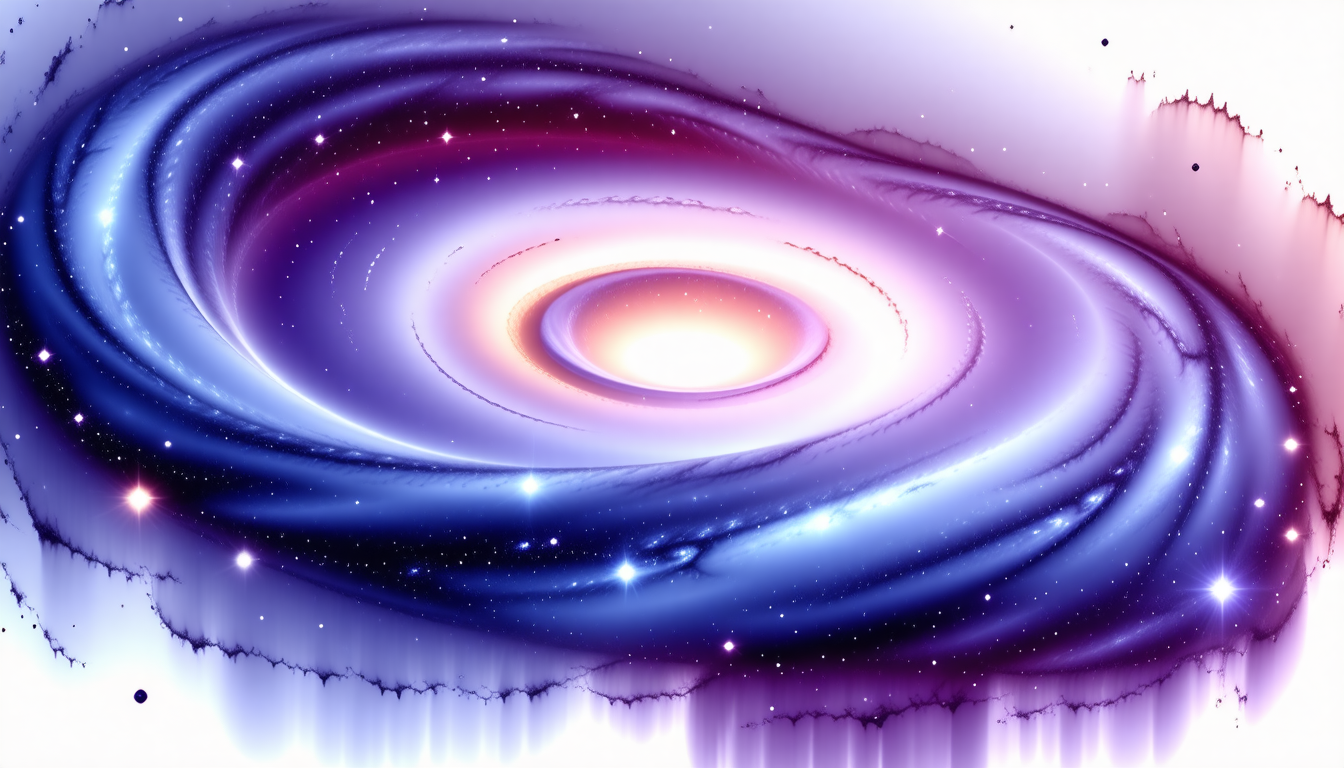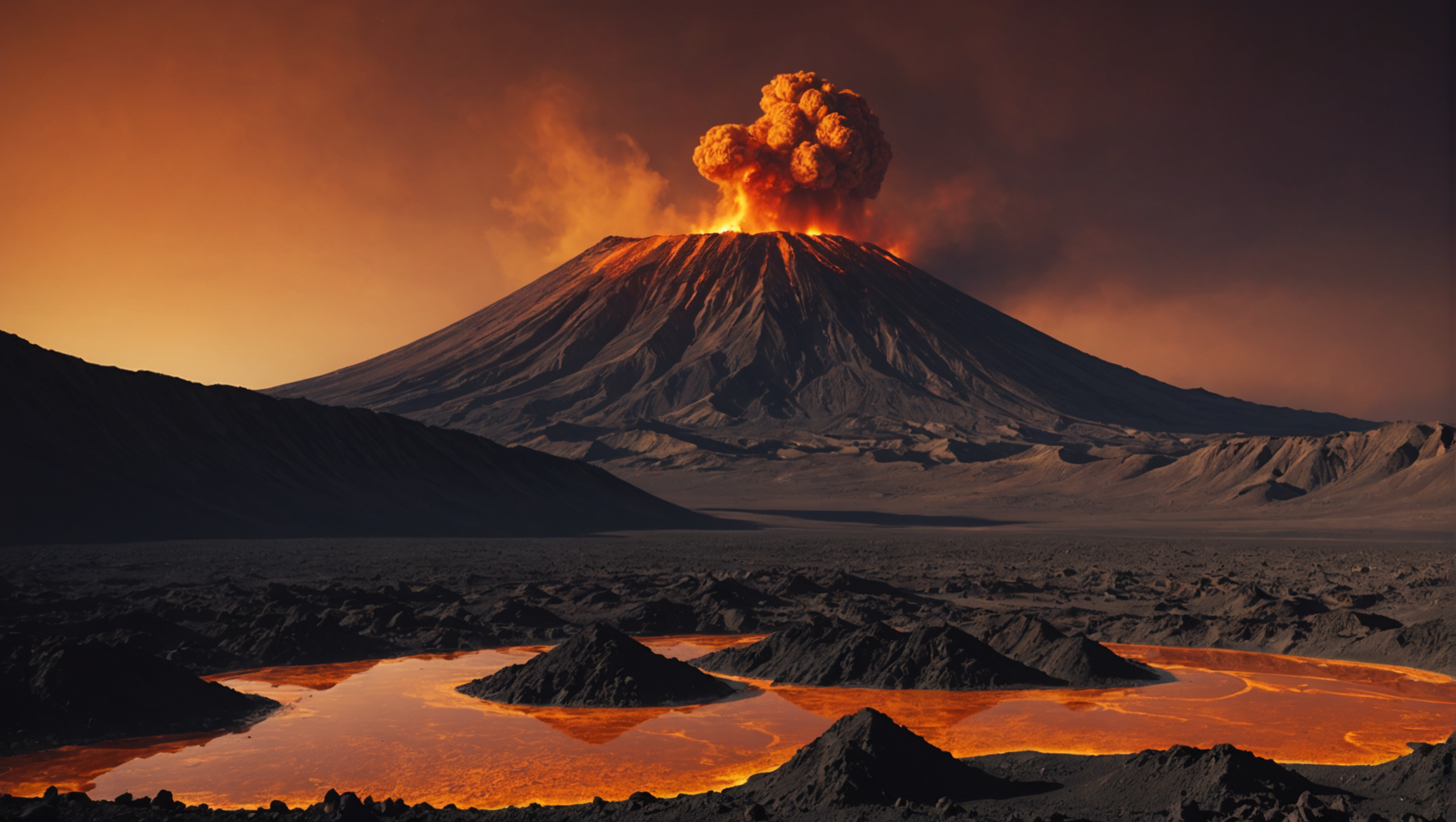Historic Ax-4 Mission to Launch with First Astronauts from Poland, Hungary, and India
As the fourth private Dragon mission to the International Space Station (ISS) approaches, anticipation is building around the Axiom-4 (Ax-4) mission. Scheduled for launch on June 11 at 8:00 AM EDT, this mission is not just another notch in the remarkable journey of commercial spaceflight; it represents a historic gathering of astronauts from Poland, Hungary, […]
Read the full story








